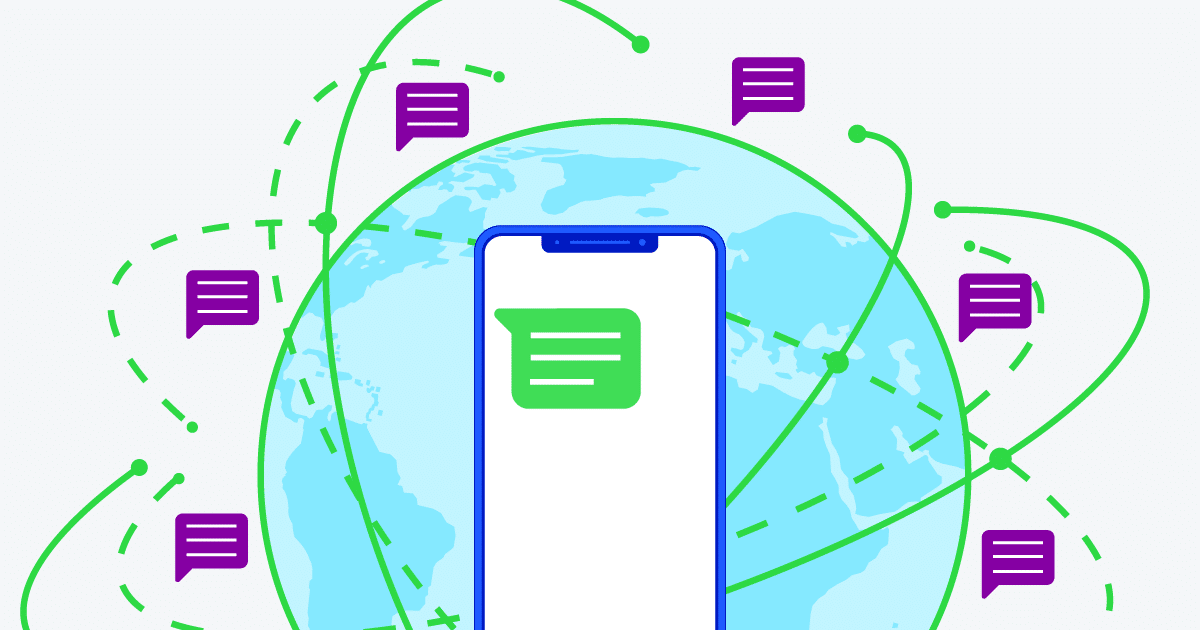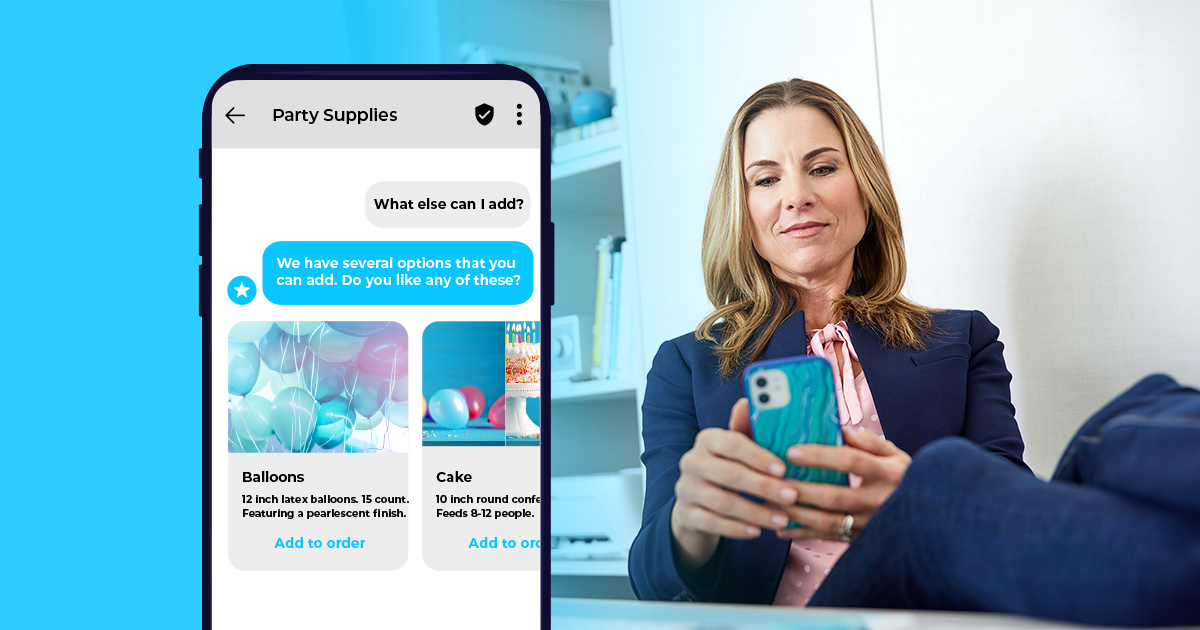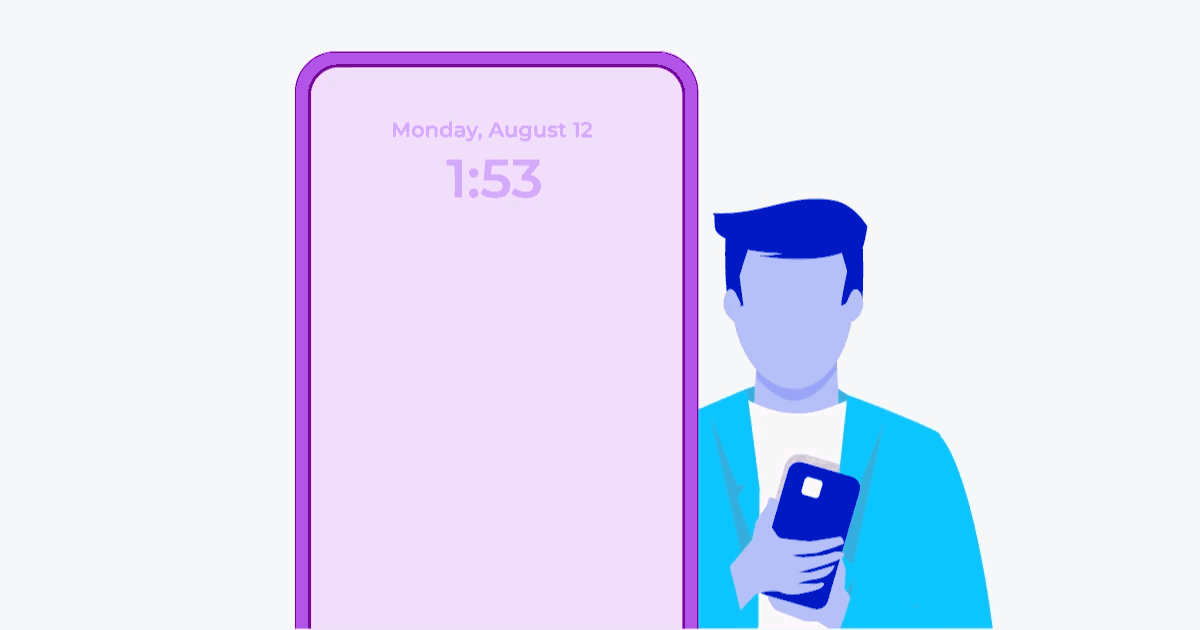
The Short Message Service, or SMS, remains one of the fundamental methods of communication worldwide. Individuals aren’t the only ones who rely on this service, with billions of text messages sent daily. Businesses also reap numerous benefits from SMS communications. Among these advantages are individually targeted messages, such as those sent by a doctor’s office to notify a patient of an upcoming appointment.
Other messages, however, are intended to reach a broader audience. Organizations opt for broadcast SMS for various reasons which could include a new product announcement or a time-sensitive notification. In contrast to a more personalized approach, this type of text message is distributed to multiple recipients simultaneously and stands as one of today’s most powerful tools for communication, marketing, and more. Read on to learn more about broadcast SMS and how you can use this approach effectively.
Table of Contents
Broadcast SMS made simple: An explanation
A broadcast SMS is a “one-to-many” message. A single sender, usually a business or government agency, uses a message platform to simultaneously send a text message to many recipients. This one-to-many functionality is why you may sometimes hear this process called a “text blast” or “SMS blast,” because you send the same message to a large group. Other terms for this process include “mass text” or “bulk text”, all of which describe sending messages to extensive contact lists.
Recipients must consent to receive your text messages before you may use broadcast SMS. Otherwise, you could violate laws and risk hefty fines for your business. Many companies collect consent during account sign-up processes or with an opt-in text sent to the user after they first supply their phone number. If you break laws requiring consent, it can mean fines, lawsuits, and other headaches.
An SMS broadcast differs from a group text. In an SMS broadcast, each recipient gets the same message separately, without any interaction with other recipients. On the other hand, a group text typically involves a limited number of individuals, often friends or colleagues, and serves as a private conversation rather than a business-oriented text conversation. Due to the large volume of messages sent to users, a broadcast SMS usually entails one-way communication. Conversely, group text facilitates two-way, real-time communication within a smaller context.
There are many benefits to using broadcast SMS services. SMS traditionally has a very high “open rate” ranging between 90% and 100%, significantly surpassing other communication methods like email. By delivering messages directly to a user’s device, there’s a higher likelihood that they’ll notice the notification and engage with the message. SMS broadcasts are very useful when you need to communicate vital information to large groups, such as announcing a service cancellation or introducing a new product.
SMS broadcasts also provide a cost-effective way to communicate with your audience. With the right platform, consents, and data plan, you can reliably connect with your contact list without a massive budget. These broadcasts can complement other campaigns by incorporating links that direct recipients to your webpage, social media, or other websites. Holistic campaigns with SMS as an anchor are possible with a well-planned strategy.
Broadcast texts enable you to promptly reach a broad audience, providing a dependable tool for customer engagement that is also cost-effective. Here’s how to get started.
A basic guide to SMS broadcasts
How do you initiate an SMS broadcast program? Using a cellular device alone to send all those messages isn’t feasible. You would run into limits on recipients and might even trigger anti-spam filters with a personal phone number. Instead, you will need a technology platform that connects to mobile carrier networks to send large SMS broadcasts. Here’s how you can get started.
1. Sign up for a platform to facilitate connections with mobile carrier networks, such as Telesign.
2. Obtain a Sender ID. Sender IDs are unique identifiers that appear in the “From” field of a text message. They typically consist of short codes or numerical chains that identify your business. Choose an ID that helps readers identify you.
3. Gather phone numbers and compile a list of recipients for your SMS broadcasts.
4. Confirm that you’ve gathered consent before sending any messages. You may use your first text message as an opt-in request. Use a platform that facilitates two-way communication to record and log an individual’s response to a consent request.
5. Determine the use cases for your broadcast SMS efforts. Appointment reminders, product announcements, feedback requests and more are all excellent choices.
6. Start writing the messages you’ll send to the list based on the use case you selected. Keep messages concise, simple, and easy to identify.
7. Segment your audience into different groups. Use these segments to conduct A/B tests on message variations.
8. Assess the data from your tests and evaluate which message performed better. If needed, conduct another round of A/B tests using the results from the first round.
9. Use your message platform to schedule a time and date to send your messages.
10. Monitor your results. See where the data indicates you’ve found success and where messages did not perform to your expectations. Identify areas for improvement and implement changes in the next round.
To recap some best practices you should use throughout this process:
- Choose a reputable text message platform to reduce the risk that your messages end up in a spam filter.
- Select a sender ID that clearly identifies your business, or craft messages to specify the sender.
- Always gather consent in compliance with applicable laws.
- Regularly prune your contact list of invalid or unresponsive numbers to save money and time.
How Telesign helps with broadcast SMS
Telesign is a leading provider of programmable communications technology across a multitude of industries. We focus on solutions that safeguard account integrity, enhance customer engagement, and enable seamless communications in today’s highly mobile environment. In an era where omnichannel experiences are key, our Messaging API empowers you to tailor six different channels, including SMS broadcasts to your specific needs.
Easily integrate this gateway API into your applications to put broadcast capabilities at your fingertips. To support one-way and two-way communication, you can use Telesign services for one-to-many SMS broadcasts to deliver important alerts and announcements. Once integrated into your product or solution, you can input messages into the API, specify the contact list, and let our services handle the rest. There are several important advantages to consider about this solution.
Telesign leverages advanced technology to efficiently route messages across networks and deliver them to user devices promptly. When time-sensitive information needs to reach all recipients quickly, our solution ensures swift delivery. Employing a “waterfall” method that seamlessly switches to alternate carriers and routes in case of issues, contributes to our consistently high delivery rates. Telesign’s API operates in over 230 countries and territories and supports 80 languages, ensuring global reach, extensive coverage, and accessibility.
SMS is a powerful tool for communication with your audience in one of the most immediate ways possible today. Telesign’s API provides a simple, streamlined solution for broadcast SMS, ready to integrate into your business.
Equip your business with the tools to reach wider audiences
In the current volatile environment we live in, it is crucial to keep customers informed, aware, and connected with your brand. With so many potential use cases, broadcast SMS technology opens the door to quick and easy communication with broad swaths of your audience. You can segment these audiences with the right software to send more targeted or customized mass text messages. With high open rates and good engagement, texts offer one of the simplest ways for a brand to connect directly with its audience for many purposes.
Reaching your audience effectively requires the right platform to make it all happen. With Telesign’s Messaging API, you can integrate a robust SMS solution into your existing architecture. Built for scale and flexibility, Telesign lets you connect quickly with your customers globally. Use broadcast SMS with other strategies and tools to deliver superior experiences for all your customers with seamless communications. Talk to our experts today to learn more about Telesign solutions.


